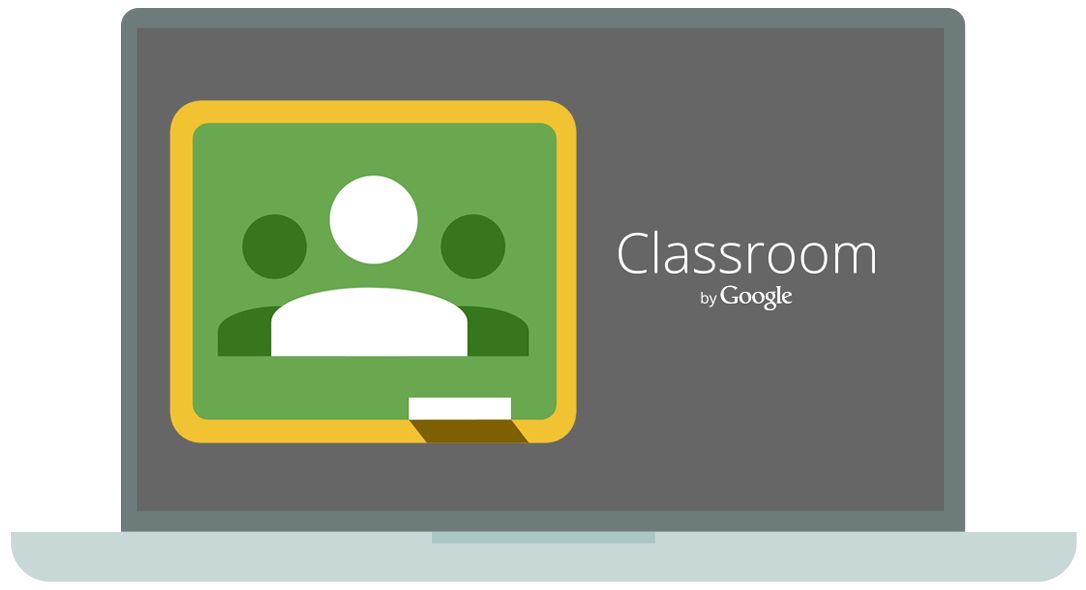Student blogging isn’t a new trend, to be honest. It was already in fashion since ages.
But now we are witnessing a considerable surge in the practice, thanks to the rapid development of the different content management systems (such as WordPress, Joomla!, etc.) that have made blogging as easy as a piece of cake.
Since the number of blog sites is already on the rise, it’s mighty important for students to create something unique and original from scratch to be a standout among the crowd. The following quality blogging tips can help.
-
Contents [show]
Have a great title to create the maximum possible impression on your audience
The title of your article is the first and the last impression you can make on your visitors. The better it is, the better it has the chances of being read by your audience on the whole.
So try to come up with enticing and meaningful article titles based on the niche of your choice. For example:
“5 mistakes students make while preparing for their exams” is better than “Mistakes made during exams.” So keep these little things in mind. It can go a long way indeed.
-
Use media in your write-up
Embedding media (especially images and videos) can seem like a chore at the start, but it is undoubtedly essential if you really want your write-up to be attractive from the point of view of the audience.
Textual information can be boring. You need to spice it up with videos and images to generate more effective results in the long run. We will provide you with a few more tips for your reference as to how you can do this the easy way. Take a peek:
- As far as images are concerned, several free image hosting sites are available on the internet. Use them to your advantage. A few examples are Pixabay, Pexels, Max Pixel and so on.
- For embedding videos, YouTube can quickly come to your rescue. You will be able to get the embed code [as shown in the image below] from the same platform itself. Just copy and paste the code on your blog page, and you will be set.
Note: For WordPress blog sites, a simple copy & paste of the YouTube video URL is enough for the job.
- If you want to embed social media tweets in your articles, the procedure is more or less the same as depicted in the (YouTube) point above. Click on the tweet that you want to embed. There should be an arrow pointed down (like this one shown in the image below; marked with a red square) at the top right corner of the tweet. Click on the same.
You will see an option called “Embed tweet” from the drop down menu. Click on it to get the code. Copy and paste the same on your blog page to embed the tweet in your designated zone.
-
Be factual
DO NOT ever fabricate stories to manipulate your audience. Also, DO NOT run rings around a topic to increase the number of your word count. These will do you more harm than good over the long term.
Be factual and straight to the point. If you cite facts, mention reliable sources to increase your blog authenticity. This practice can go a long way indeed.
-
Pay special attention to your grammar and punctuation
Grammar and punctuation errors and quite easy to overlook. Make sure you don’t do that.
DO NOT be in a rush to publish your article on your platform. Remember, quality always comes first over quantity. So put more stress on quality to quantity, especially when blogging is considered of all.
Note: If you are a student, you may use online tools like Grammarly for blogging purposes. The free version of this tool won’t even cost you a dime. The premium does though.
-
Last but not the least, prepare yourself for feedback
Others may post comments on your blog or can even send you feedback through private mails or messages. Remember, negative opinions are bound to come at some point in time. Always try to accept them to the best of your abilities. Do not lose heart as a result of them. Always remember this:
“Why do we fall?
So we learn to pick ourselves up.”
So that’s it then. It’s time we bring this to close for now. Hope you had a good and useful read.















